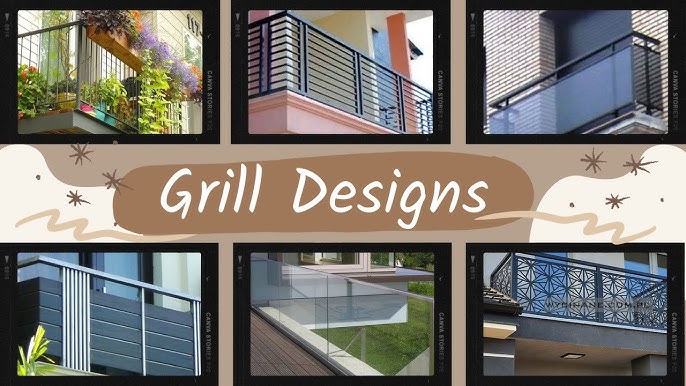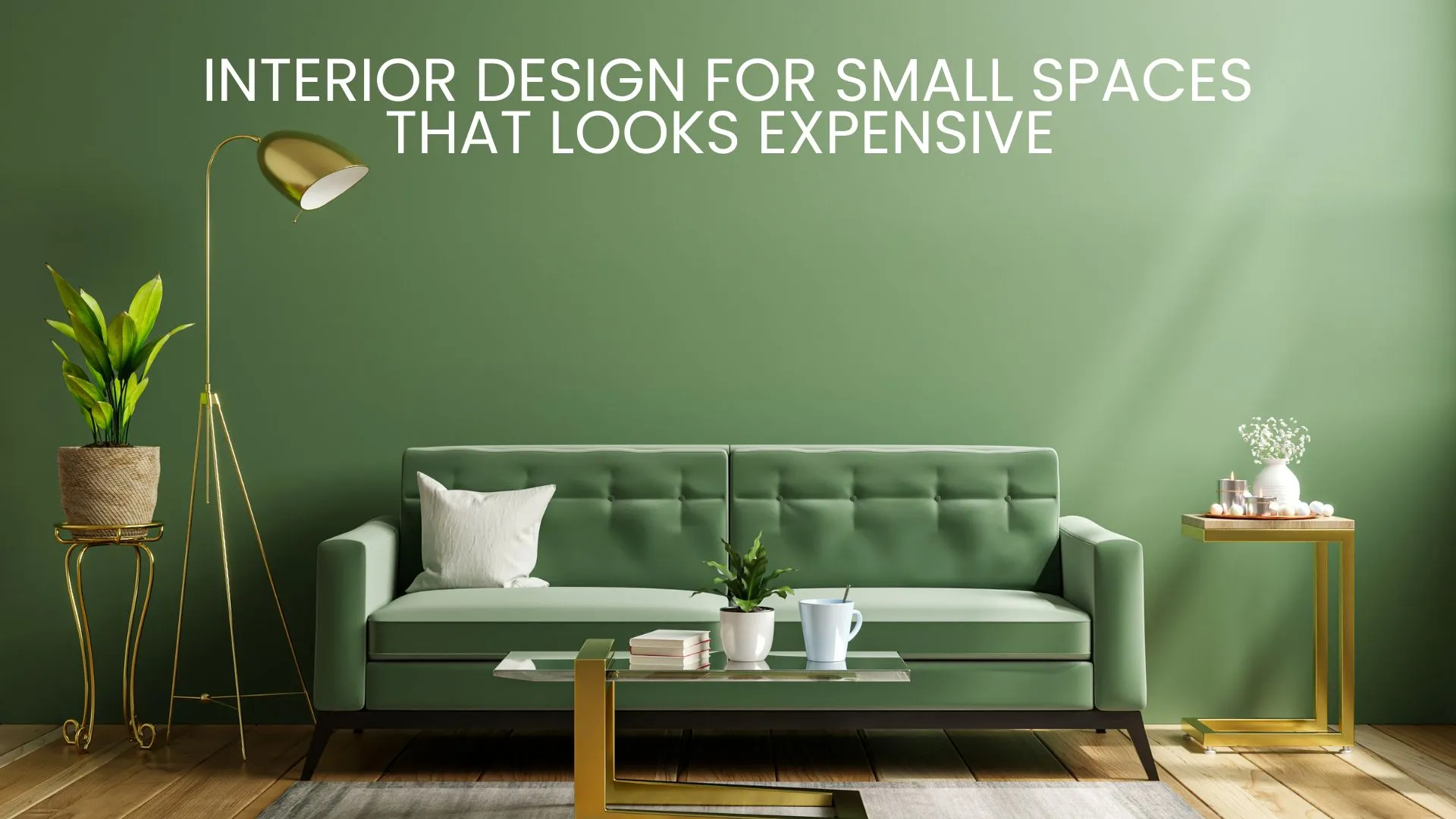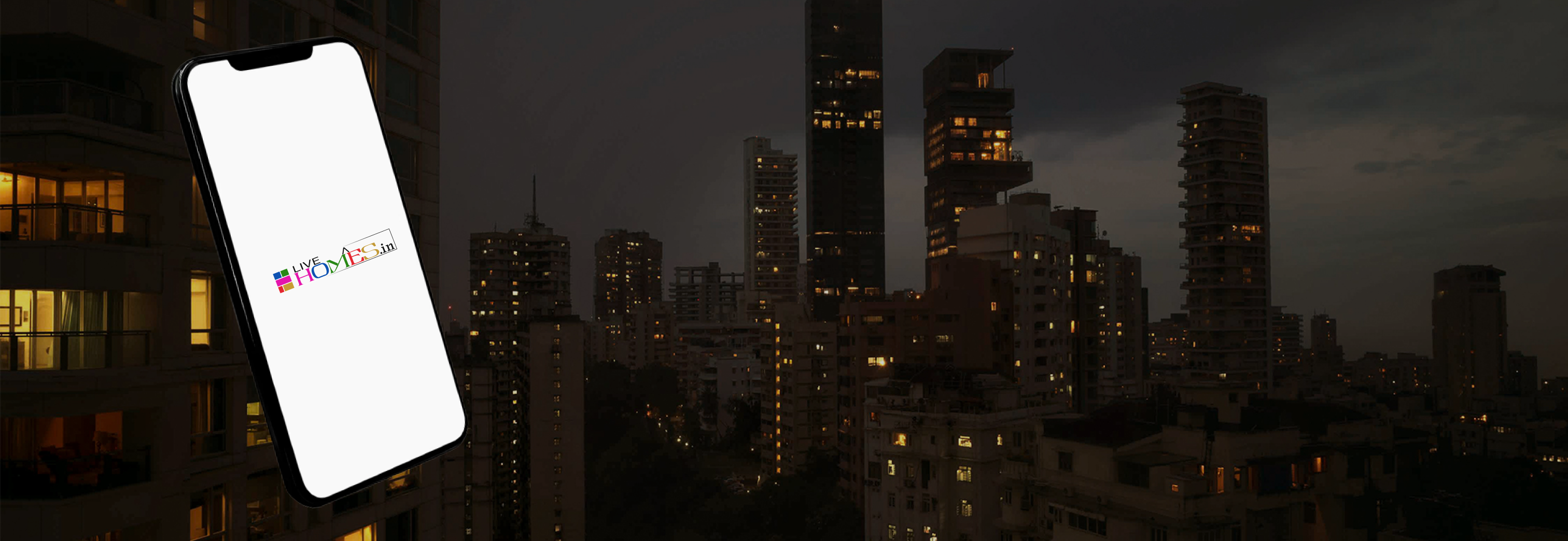Choosing a balcony grill design involves several factors to ensure it complements your home's aesthetics, provides security, and meets functional requirements. Here's a detailed guide to help you make an informed decision:
1. Determine Your Needs and Preferences
Functionality
- Safety and Security: Consider the primary purpose of the grill. If security is a concern, opt for a design that offers robust protection.
- Privacy: If you value privacy, look for designs that provide some level of screening from the outside.
Aesthetics
- Architectural Style: Match the grill design with the architectural style of your home. For example, ornate wrought iron for a traditional home or sleek stainless steel for a modern one.
- Color and Finish: Choose a finish that complements the exterior color of your home. Powder-coated finishes can offer a range of colors and are durable.
Maintenance
- Material Durability: Different materials require different levels of maintenance. For instance, stainless steel and aluminum are low-maintenance, while wrought iron may need regular painting to prevent rust.
2. Choose the Right Material
Wrought Iron
- Pros: Classic look, highly durable, can be customized with intricate designs.
- Cons: Requires regular maintenance to prevent rust; can be more expensive.
Aluminum
- Pros: Lightweight, resistant to rust, low maintenance, often more affordable.
- Cons: Less robust compared to steel or iron, can be less decorative.
Stainless Steel
- Pros: Modern appearance, highly resistant to rust and corrosion, low maintenance.
- Cons: Can be expensive, may require cleaning to maintain appearance.
Wood
- Pros: Warm, natural look; can be stained or painted.
- Cons: Requires regular maintenance, can be prone to weather damage.
3. Design and Style
Bar Patterns
- Horizontal Bars: Common in traditional designs; provides a classic look and good visibility.
- Vertical Bars: Often used for modern designs; can offer a sleek appearance and better security.
Infill Panels
- Glass Panels: Provides unobstructed views and a modern look; can be tempered or laminated for safety.
- Mesh or Wire Panels: Provides security and can be less obtrusive than solid panels.
- Decorative Elements: Include geometric patterns, floral designs, or custom artwork to enhance aesthetics.
4. Regulations and Codes
- Local Building Codes: Check local regulations and building codes for any restrictions on balcony grill designs. Some areas have specific requirements for height, spacing, and materials to ensure safety.
- Homeowners Association (HOA): If applicable, review any HOA guidelines or restrictions on exterior modifications.
| "BEST BUILDERS FLOOR APARTMENT IN CHENNAI" |
5. Measure and Fit
- Accurate Measurements: Measure the dimensions of your balcony carefully, including height, width, and depth. Ensure that the grill design fits well within these dimensions and complements the space.
- Professional Installation: Depending on the complexity of the design, you may need a professional installer to ensure proper fit and secure attachment.
6. Budget Considerations
- Material Costs: Different materials come with varying price points. Set a budget based on your preferred material and design complexity.
- Installation Costs: Factor in the cost of professional installation if required, especially for custom designs or complex installations.
7. Custom vs. Pre-Made Designs
- Custom Designs: If you have specific requirements or a unique vision, a custom design may be the best option. Work with a designer or fabricator to create a grill that matches your needs.
- Pre-Made Designs: For a more budget-friendly option, consider pre-made designs that can be modified to fit your space. These often come with standard measurements and designs that can be adapted.
8. Safety Features
- Spacing: Ensure that the spacing between bars is compliant with safety standards to prevent small children or pets from slipping through.
- Height: The height of the grill should be sufficient to provide security and prevent accidental falls.
9. Integration with Other Elements
- Balcony Furniture: Consider how the grill design will fit with existing or planned balcony furniture and decor.
- Lighting: Think about how the grill will interact with your balcony lighting. Some designs can incorporate lighting elements for added functionality and aesthetics.
By carefully considering these factors, you can select a balcony grill design that enhances the safety, functionality, and beauty of your outdoor space.
https://www.livehomes.in/blogs













